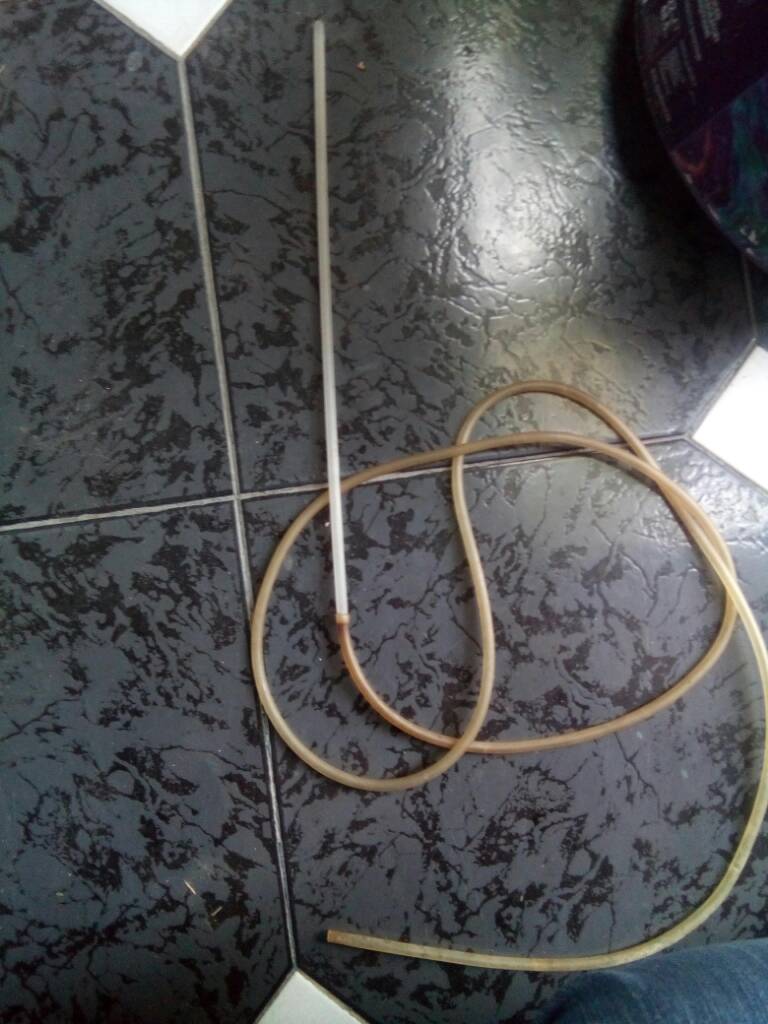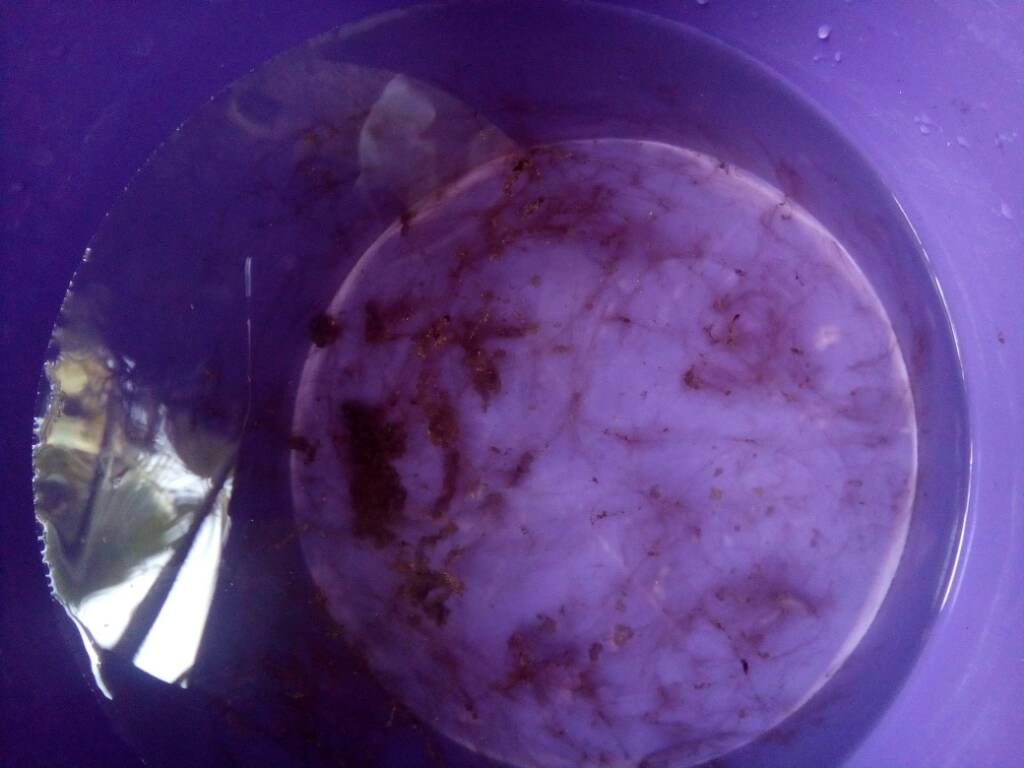- Joined
- Aug 12, 2016
- Messages
- 1,318
- Reaction score
- 939
Ok guys....
In the latest clutching at straws idea...
Is silver safe to use in aquariums...?
If copper kills nastys and nice things silver also kills nastys but never heard of it having an effect on the little crustys.
Presumably that's because we cannot afford aquariums made of milion dollar bling. Though I'm liking the sound of silver .925 return pipes.
http://www.whatarebacteria.com/how-to-get-rid-of-bacteria/
I'm sure Paul B used to use a copper coin on its side to kill off pathogens.
So anyone have any silver bullion / coins knocking around....
Or has this all got too much and now I've finally flipped.
In the latest clutching at straws idea...
Is silver safe to use in aquariums...?
If copper kills nastys and nice things silver also kills nastys but never heard of it having an effect on the little crustys.
Presumably that's because we cannot afford aquariums made of milion dollar bling. Though I'm liking the sound of silver .925 return pipes.
http://www.whatarebacteria.com/how-to-get-rid-of-bacteria/
I'm sure Paul B used to use a copper coin on its side to kill off pathogens.
So anyone have any silver bullion / coins knocking around....
Or has this all got too much and now I've finally flipped.




















